The Key Movement For Functional Strength
2021-10-12
Fitness has become increasingly more challenging to navigate. I remember being a young coach, the internet was relatively young and new for the fitness industry and social media didn’t even exist (how old AM I?!). During that time it seemed finding reliable and true experts to learn from wasn’t so difficult. Not everyone was teaching their own program and it was easy to see what someone had accomplished in their career. Now with social media, EVERYONE has a voice and is a self-proclaimed expert so it can be REALLY challenging to know who to follow for good information?
Do you follow the coach that has worked with people for 30 years or the person with 500k Instagram followers because they aren’t necessarily the same person. Don’t get me wrong, I am not going to be the old grumpy guy telling you that you can’t be a great coach and have a strong social media presence, I’m just saying if you are judging someone largely by their social media following you might find that getting accurate training information is difficult.
For example, we have an industry that STILL can’t agree about the 7 foundational human movement patterns. We get people that leave our rotation completely, others that say carries instead of locomotion (they can and are very different). So, imagine if you were trying to learn math, but the mathematicians couldn’t agree on how to add and subtract? Hard to have a conversation about more complex and progressive topics right?

So, rotation still tends to be a movement pattern that confuses people. Our body can and does resist rotation as well as produce rotation. People often, “don’t we create rotation during walking so shouldn’t we train just rotation and no resisting rotation?” We do create rotation when we walk, but no one asks the follow up question of “how much”?
In the video below I break down several misconceptions of what the body does during locomotion, but one of the most eye opening is that the lumbar spine only goes through about 2-4 degrees of rotation during locomotion. What keeps it from doing way more?
View this post on Instagram
In fact, you can see the spine doesn’t create A LOT of movement during walking, just enough to be efficient.
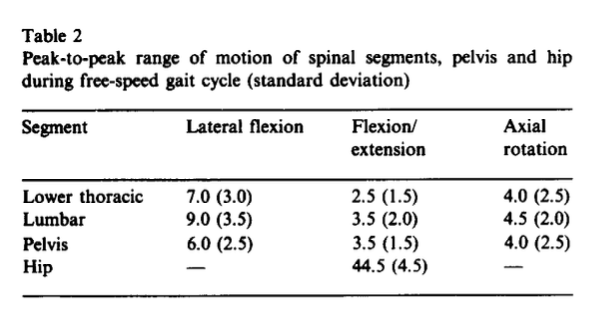
Our core does a lot of work to prevent excessive motion during such actions which is what keeps us not getting hurt or wasting unnecessary movement. Even DURING rotational movements, our core does a lot of resisting movement because the majority of the motion should come from our feet and hips.
An easy way to understand this is that your lumbar spine has about a total of 13 degrees of rotation available, the hips have (or should have) about 45 degrees of internal rotation (motion we use to create most rotational movements). I’m not math scholar, but 45 is a bit more than 3 times that of 13, seems like we should be focusing on the hips and teaching the core functional strength concepts like how to control how movement we allow for in the trunk.

For those not familiar, 13 degrees is about that much!
So, how do we start to teach how to control the core when we rotate? Is rotation really important to our functional strength efforts?
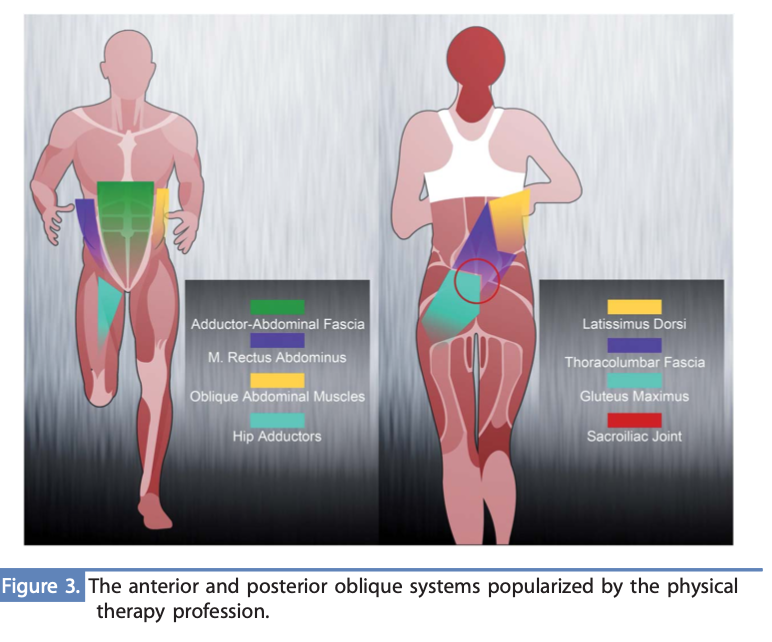
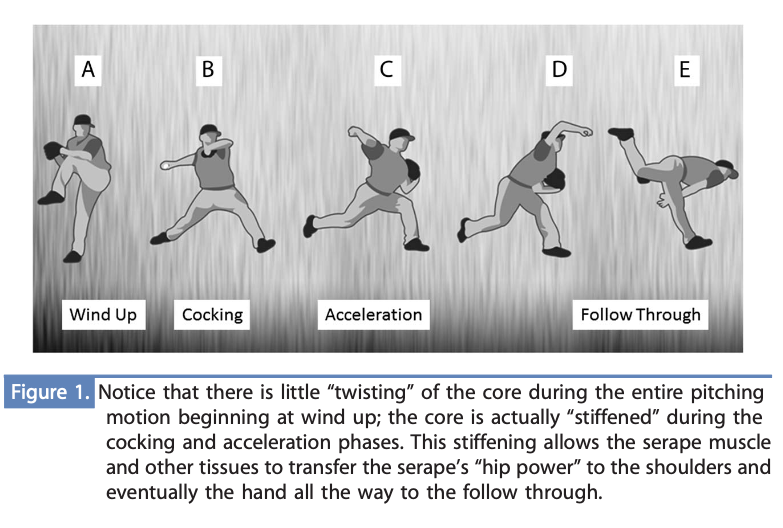
Whether you want to perform a sport activity like throwing, punching, swinging, or kicking, rotation is pretty important, but it can also be in subtle ways we control our body during activities like walking or running.
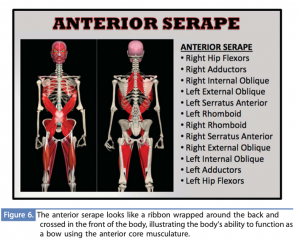
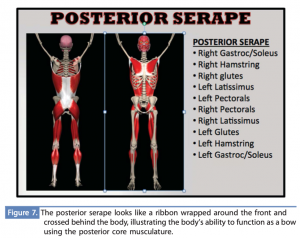
Our body is designed for rotation, but like anything else, if we don’t perform it correctly we can both decrease our strength as well predispose ourselves to injury. How can we start teaching good elements of functional strength in rotation?
Using the Ultimate Sandbag for stability and feedback to the core works so well and combining XL mini bands helps us teach proper footwork.
The Press Out helps us teach that timing of what is happening is an essential to functional strength training like rotational exercises. We don’t “punch” with our arms for example, but the force we create from the ground up.
A way we can problem solve if people struggle to understand how to move the feet and hips while keeping the torso relatively “quiet” means we can use a great DVRT functional strength drill like below…
Once we get some of those important functional strength foundations, we can progress our rotational movements so we alter the leverage in something like a Rotational Arc Press. Why the Arc Press? Using this DVRT exercise allows us to be more forgiving on upper body mobility as well as use the tension of actively pulling the Ultimate Sandbag apart to help our core work at a higher level.
These strategies are so important to learn before we add more of a hip hinge into our rotational training. It also points out that ideas like functional strength are important because there is no ONE muscle we are focusing upon and rotation is different than the other movement patterns. Once you do build a good foundation the playbook on more advanced functional strength training really opens up, but so does the quality fo your fitness results!
Don’t miss out on saving 25% on our Core and Power Ultimate Sandbags AND get our Core Strap for FREE (with training videos as well to how to maximize its use) with code “corestrap” HERE
© 2025 Ultimate Sandbag Training. Site by Jennifer Web Design.







